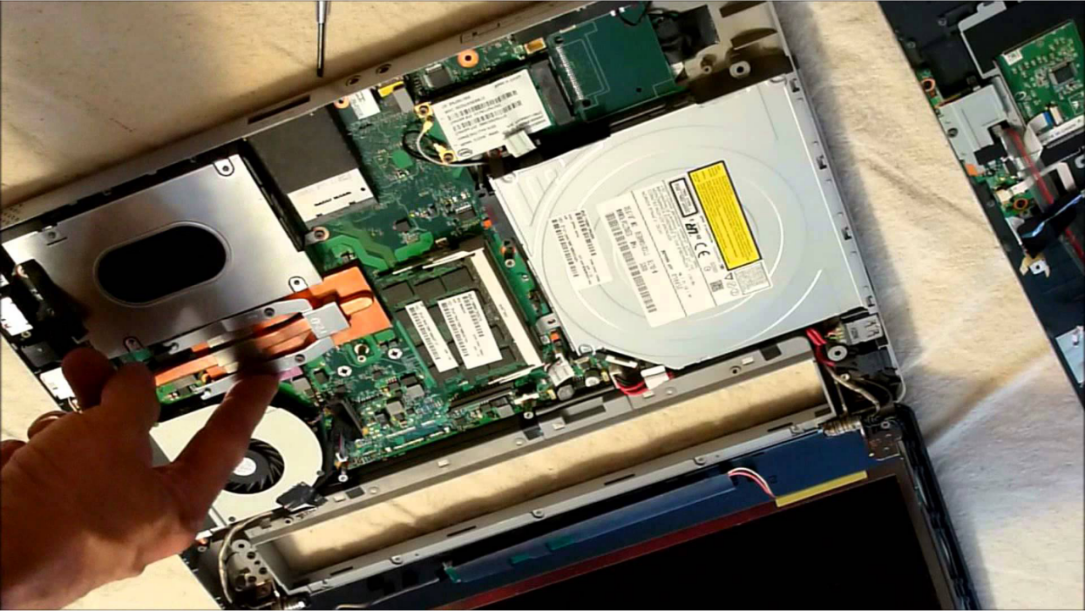Laptop Heat Dissipation and Heat Management
The heat generated by CPUs, GPUs, and SSDs is transferred (dissipated) by “Thermal conduction”, “Convective heat transfer”, and “Thermal radiation”. Of the three types of heat transfer, thermal conduction through the wiring and board or substrate in contact with the electronic components is considered to account for the majority of the heat transferred, with the remainder being the convective heat transfer from the component surface into the air, and the heat emitted from the component surfaces through radiation as electromagnetic waves.
Laptop heat dissipation happens by the heat generated by the electronic components being spread out onto the board on which they are installed through the process of thermal conduction. From there, the heat is transferred into the surrounding air through convective heat transfer. Heat management strategies to consider for this process include spreading the heat generated by the components over a wider area at a faster rate and lowering the internal air temperature of the laptop.

Spreading the heat generated by the internal electronic components over a wider area at a faster rate can be accomplished by a combination of increasing the area from which heat is transferred using Graphite Sheets or Heat Sinks, and by increasing the rate of heat transfer by using heat pipes or Vapor Chambers.
Lowering the internal air temperature of the laptop can be accomplished by incorporating ventilation into the enclosure, creating an optimal path for air to flow easily through it by considering the placement of components on the board, and making use of fans to facilitate this air flow. This way, the efficiency of heat transfer from the heat dissipation components and the board or substrate is maximized.
In the case of CPUs, GPUs, and SSDs, they generate such a large amount of heat that simply spreading their heat around by thermal conduction is insufficient to adequately mitigate the heat that they generate. Since the space inside laptop PCs is very limited, there are other heat dissipation strategies in addition to spreading the heat around that are considered to be effective, such as using Heat Pipes or Vapor Chambers to transfer the heat to a location relatively further away, for example, to a heat sink placed located near an air vent. Heat Pipes and Vapor Chambers are advantageous for this purpose because they have a very high thermal conductivity and they also work without requiring power.
 中文
中文



.png) Search
Search


 >
>  Return to List
Return to List